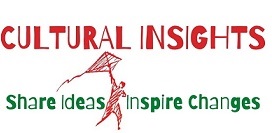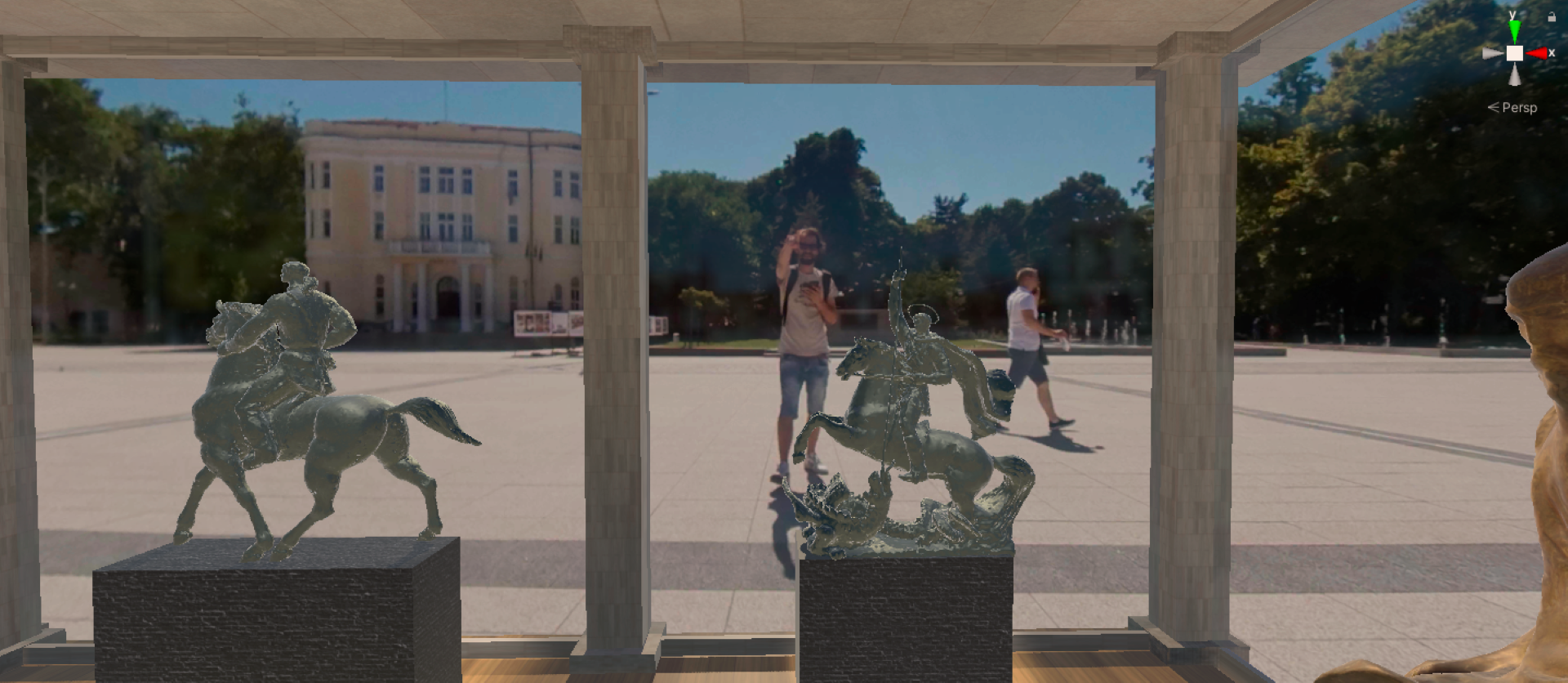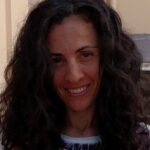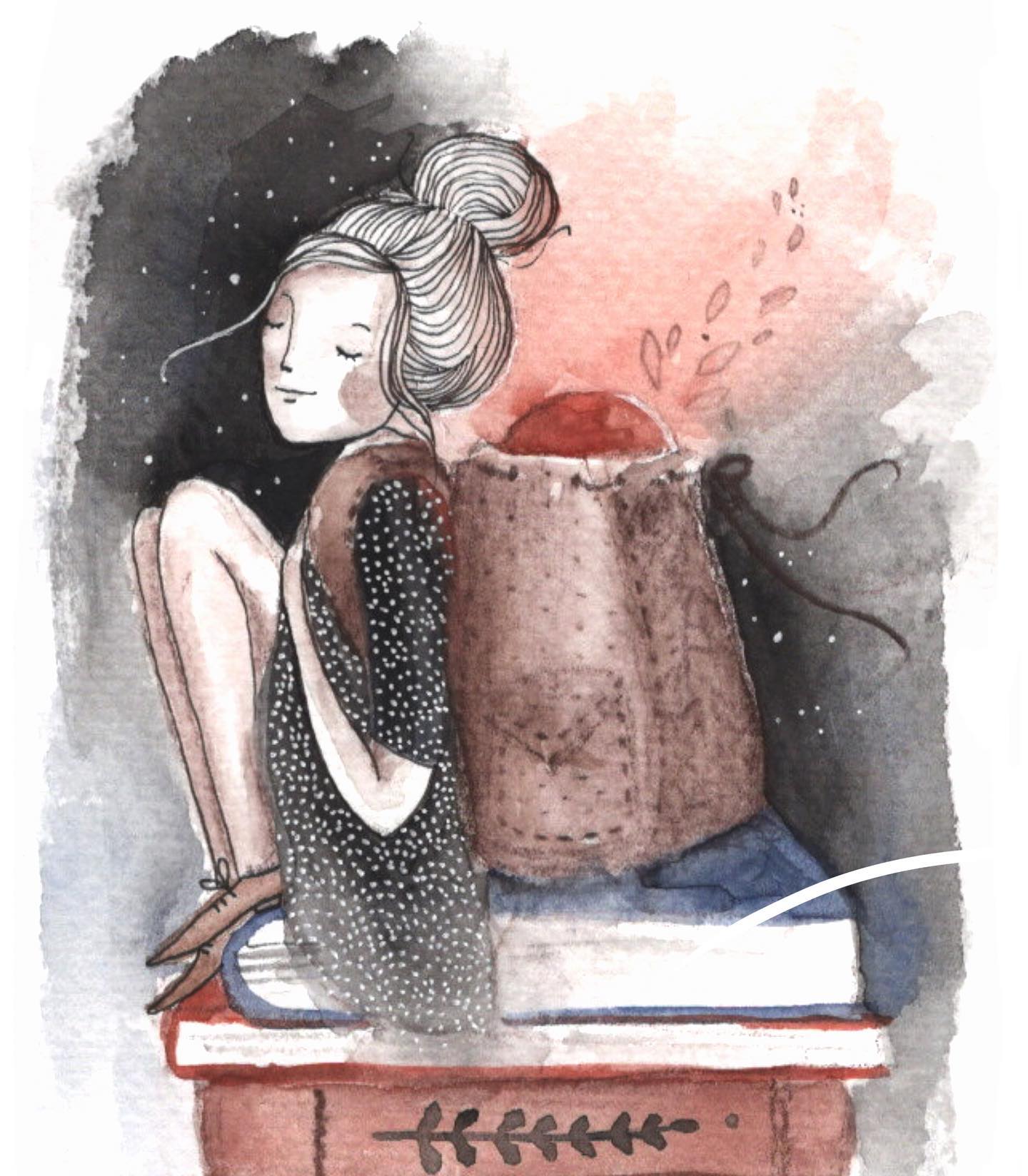Placing a virtual gallery in the centre of Plovdiv
The process of digitalization of Bulgarian cultural heritage is invisible to most Bulgarians who see just its final results.
I asked to shed more light on such projects Georgi Vasilev, 3D graphic designer of the Bulgarian Academy of Sciences, producer and DJ.
He creates virtual galleries, adapts 3D National Geographic films to Bulgarian cinemas and develops modern Bulgarian music with his project The Bad Radio. You can learn more about his musical activities in the previous interview. Even his own apartment he’s turning into a virtual museum of electronic music.
- George, it seems a bit unusual for the Bulgarian Academy of Sciences to have a 3D graphic artist on its staff. What responsibilities do you have?
With the advancement of digital technologies, science and art are finding more and more common ground.
At the Academy of Sciences, I am a developer of virtual content for various platforms such as Android, iOS, PC and others. The key purpose of the digital content I create is to immortalize different cultural sites of Bulgaria.
For example, our last project was a virtual gallery with sculptures by the Bulgarian artist Hristo Tanev which I placed in the very centre of Plovdiv. Last year we were happy to present it personally to the Bulgarian President Rumen Radev.
I am currently working on another similar project, but I will keep it a secret for now, and I hope that these virtual works will soon be available to everyone.
Digitalizing Bulgarian folk costumes
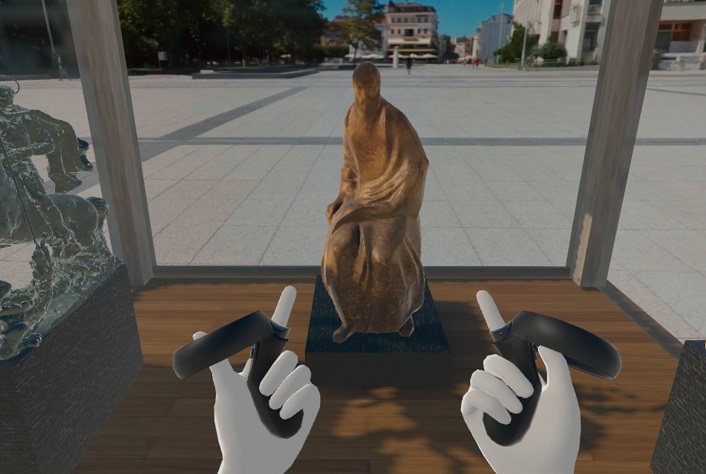
- What are you working on now?
I am finishing a cycle of projects related to the digitalization of the national cultural heritage. At the moment I have the task to turn a folk costume into a virtual model with all its components.
The model represents a multidimensional virtual experience which can be "disassembled" and observed by art lovers using Oculus Quest virtual reality glasses and their respective controllers.
-Which social matters do you aim to improve with virtual reality projects at the Academy?
Above all, shortening the distance between man, art and culture.
It is very convenient to collect digital models of famous paintings scattered all over the country in one application installed on your phone, you can view them from the comfort of your own home.
-The Bulgarian Academy of Sciences cooperates a lot with other organizations and businesses. Which of them do you work with on VR or 3D projects?
BAS has many partners and collaborators, but currently does not work on a similar project with any of them, although about two years ago we did a virtual tour of the National Ethnographic Museum, Sofia.
Adapting "Sea Monsters 3D" and "Phantom of the Universe"
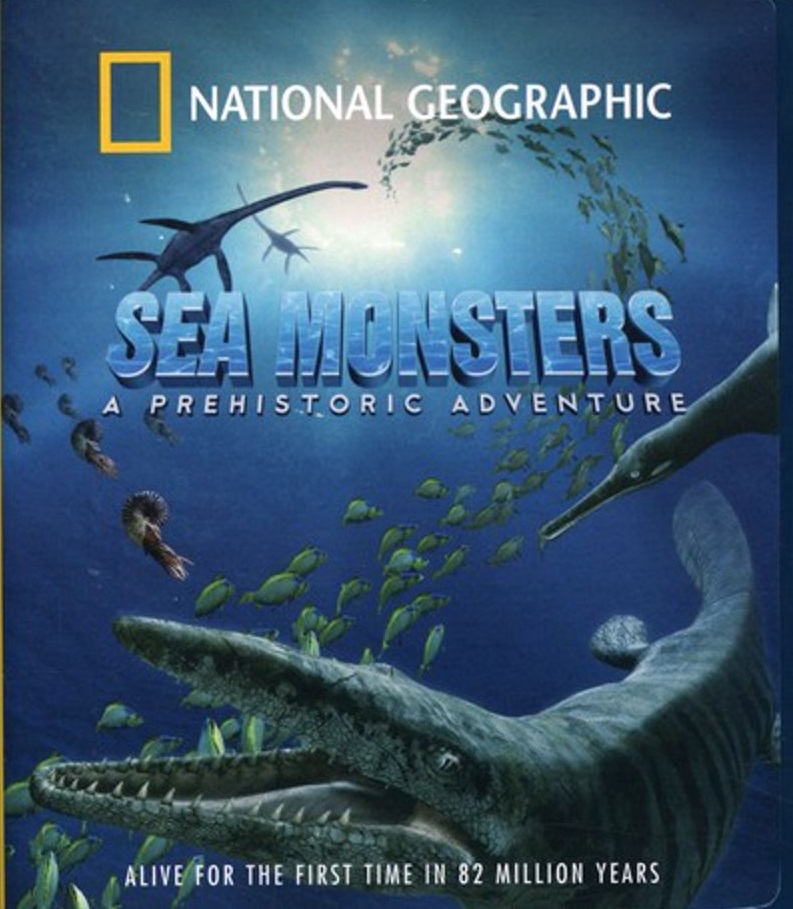
-Describe in more detail the work process with the films "Sea Monsters 3D" and "Phantom of the Universe".
These are popular science films bought by the Plovdiv Museum of Natural History They are originally in English and must be adapted to the Bulgarian audience.
My job was to find suitable voices and record Bulgarian dubbing, as well as process the films so that it has intact sound and picture quality compared to the original.
I highly recommend watching the films on the big screen, they broadcast every day.
-What were the main challenges?
The challenges are mostly technical: choosing the right speakers and maintaining the quality of the film according to the original.
-There is a wide range of VR projects in your portfolio: scientific, advertising, games. What are your favourite ones?
I love them all!
But there is a very special one that I started simultaneously with the projects for the Bulgarian Academy of Sciences.
This is a virtual reconstruction of my apartment in real size, which will become a kind of interactive museum of electronic music and it will be possible to install on different platforms such as Android for example.
This post is part of the project the Cultural Exchange I organised between creative practitioners of European Capitals of Culture. More details are on my November Facebook timeline. The first post was about a weaver and carpet-maker of Plovdiv 2019 (Bulgaria) and the second one about Lithuanian artist of Kaunas 2022 (Lithuania).
